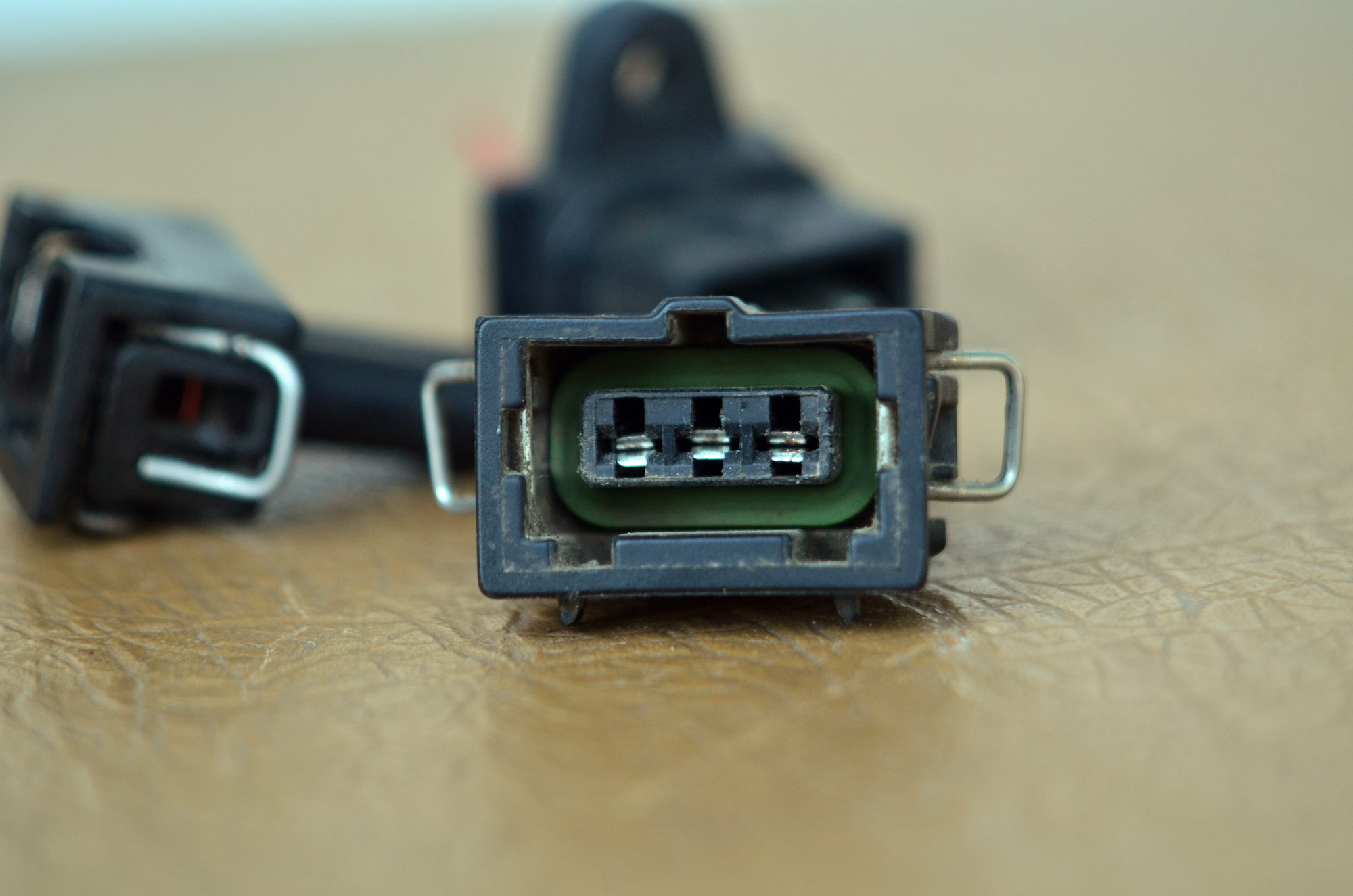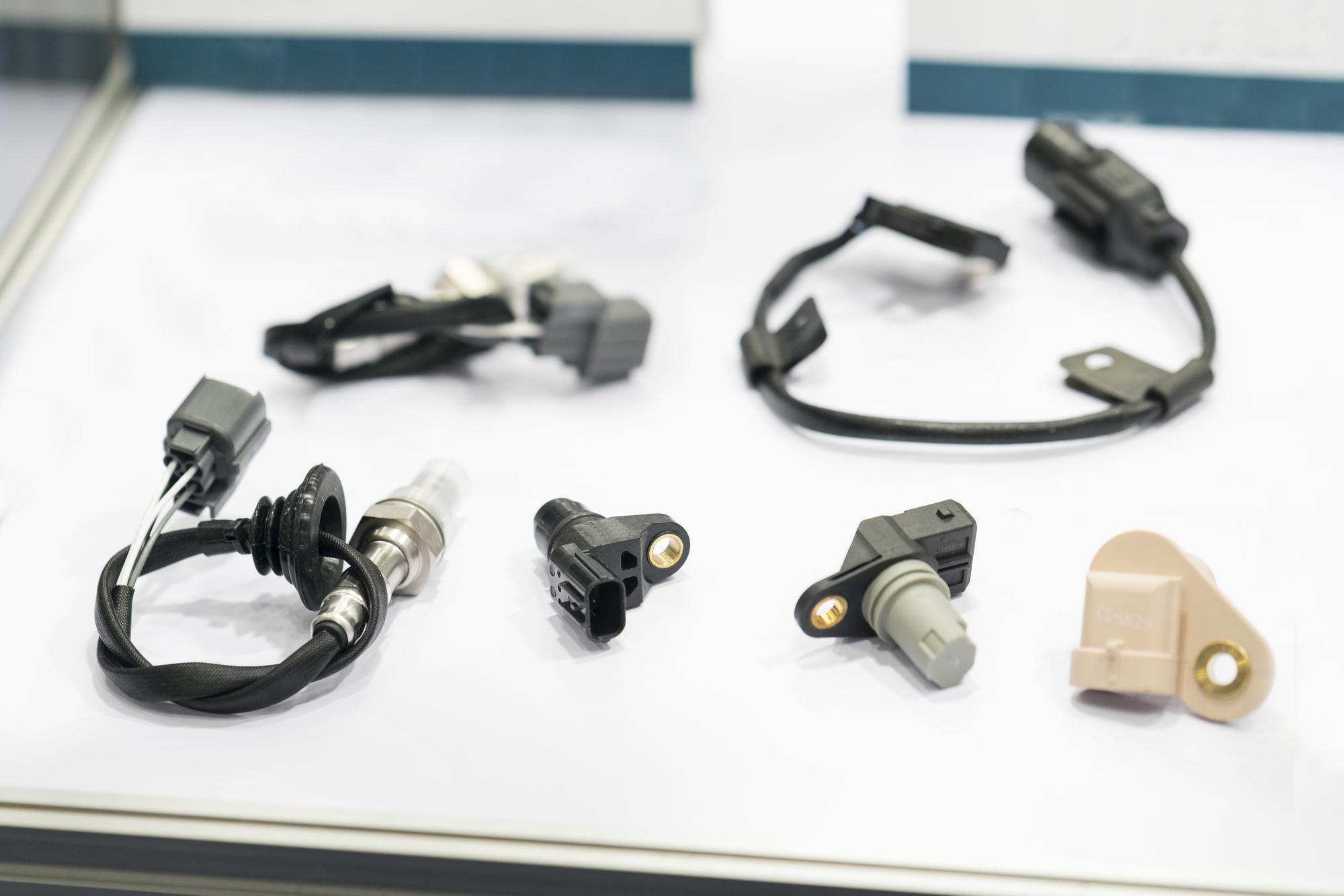The crankshaft position sensor (CPS) is a crucial component of an internal combustion engine. This sensor provides the engine’s control module with information about the crankshaft’s rotational position and speed. A faulty CPS can cause a range of engine problems, from intermittent starting issues to complete engine failure.
Signs of a Bad Crank Sensor
A faulty CPS can manifest itself in several ways, including:
- Difficulty starting the engine
- Engine stalling or running rough
- Reduced engine power
- Erratic or fluctuating idle speed
- Illuminated check engine light

If you experience any of these symptoms, it’s essential to have your vehicle inspected by a qualified mechanic to determine if the CPS is the root cause.
What is a Crank Sensor?
The crankshaft position sensor is a small, electronic device mounted on the engine block. It consists of a magnetic coil and a sensor core. As the crankshaft rotates, a toothed wheel attached to the crankshaft passes by the sensor, generating an electrical signal. The CPS uses this signal to determine the crankshaft’s position and speed.

History and Myth of Crank Sensor
The crankshaft position sensor was first introduced in the early 1980s. Before the CPS, engines relied on mechanical distributors to control spark timing. The CPS provided a more accurate and efficient method of determining the crankshaft’s position, leading to improved engine performance and fuel economy.

Hidden Secrets of Crank Sensor
The CPS plays a vital role in modern engines, and its failure can have severe consequences. If the CPS fails, the engine may not start or run properly. In some cases, a faulty CPS can even cause the engine to fail catastrophically.

Recommendations of Crank Sensor
If you suspect that your CPS is failing, it’s important to have it replaced as soon as possible. A faulty CPS can lead to a range of engine problems that can be both frustrating and expensive to repair.

Diagnosis of Crank Sensor
Diagnosing a faulty CPS can be challenging, as its symptoms can mimic those of other engine problems. A qualified mechanic will typically use a diagnostic scan tool to read the engine’s computer memory for trouble codes. If the CPS is failing, the scan tool will likely display a code indicating a loss of signal or an incorrect signal from the sensor.

Tips of Crank Sensor
Here are some tips for preventing and diagnosing a faulty CPS:
- Regularly inspect the CPS and its wiring for damage or corrosion.
- Clean the CPS sensor tip with a non-abrasive cleaner if it becomes dirty or fouled.
- Replace the CPS if it is damaged or if the engine experiences any of the symptoms listed above.

Fun Facts of Crank Sensor
Did you know that the CPS is also used to control other engine functions, such as variable valve timing and fuel injection? The CPS provides the engine’s computer with precise information about the crankshaft’s position, allowing it to optimize these functions for maximum engine performance and efficiency.

How to Crank Sensor
Replacing a CPS is a relatively straightforward procedure. However, it’s important to note that the specific steps may vary depending on the vehicle. In general, you will need to:
- Disconnect the negative battery terminal.
- Locate the CPS on the engine block.
- Disconnect the electrical connector from the CPS.
- Remove the mounting bolts and remove the CPS.
- Install the new CPS and tighten the mounting bolts.
- Reconnect the electrical connector to the CPS.
- Reconnect the negative battery terminal.
- Difficulty starting the engine
- Engine stalling or running rough
- Reduced engine power
- Erratic or fluctuating idle speed
- Illuminated check engine light
- Q: What are the most common symptoms of a faulty CPS?
- Q: How can I diagnose a faulty CPS?
- Q: Can I replace the CPS myself?
- Q: How much does it cost to replace a CPS?
What if Crank Sensor
If you are not comfortable replacing the CPS yourself, you can take your vehicle to a qualified mechanic. They will be able to diagnose and replace the CPS quickly and efficiently.
Listicle of Crank Sensor
Here is a list of some of the most common symptoms of a faulty CPS:
Question and Answer about Crank Sensor
A: The most common symptoms of a faulty CPS include difficulty starting the engine, engine stalling or running rough, reduced engine power, erratic or fluctuating idle speed, and an illuminated check engine light.
A: You can diagnose a faulty CPS by using a diagnostic scan tool to read the engine’s computer memory for trouble codes. If the CPS is failing, the scan tool will likely display a code indicating a loss of signal or an incorrect signal from the sensor.
A: Replacing a CPS is a relatively straightforward procedure. However, it’s important to note that the specific steps may vary depending on the vehicle. If you are not comfortable replacing the CPS yourself, you can take your vehicle to a qualified mechanic.
A: The cost to replace a CPS varies depending on the vehicle and the labor rates in your area. However, you can expect to pay between $100 and $300 for the parts and labor.
Conclusion of Signs Of Bad Crank Sensor
The crankshaft position sensor is a critical component of an internal combustion engine. A faulty CPS can cause a range of engine problems, from intermittent starting issues to complete engine failure. If you experience any of the symptoms listed above, it’s important to have your vehicle inspected by a qualified mechanic to determine if the CPS is the root cause.
